In my design I have four different ground:
Ground: from USB for step up and battery charger IC.
Ground1: for a split supply (virtual ground).
Ground2: for the input signal reference.
Ground3: for the output signal reference.
how do I physical connect them together (if I have to) in the PCB layout?


